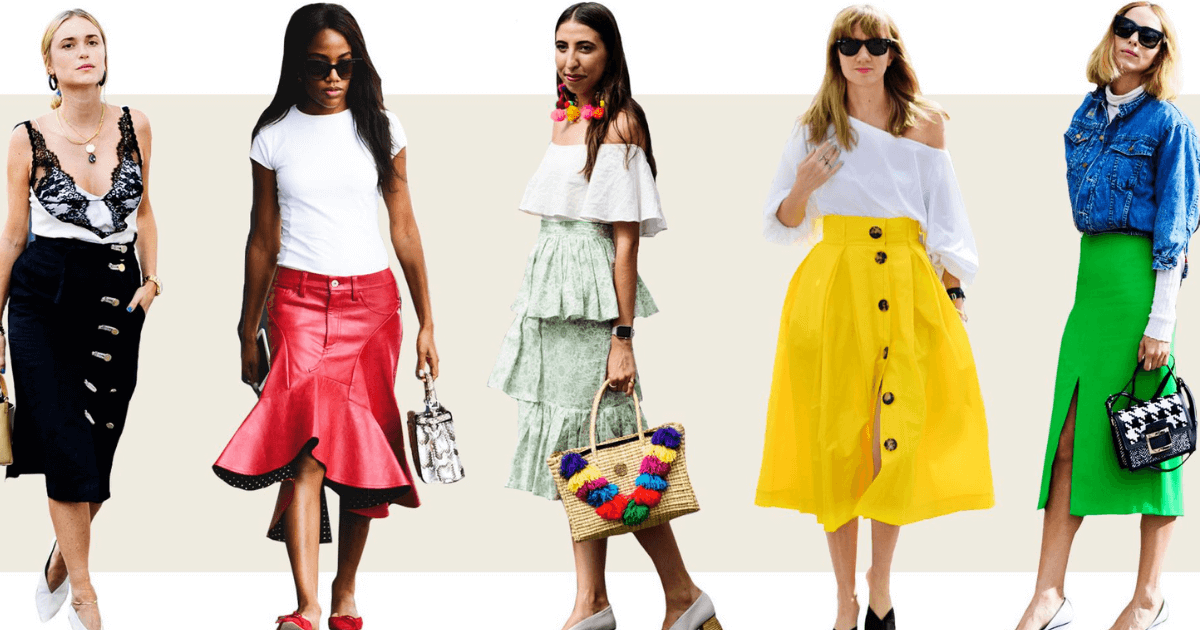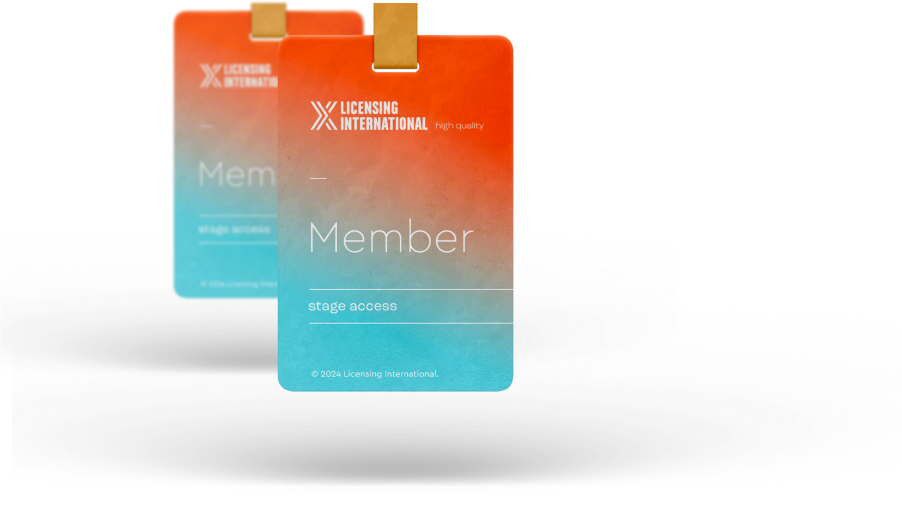Promising Signs for Fashion Bounceback

Are the first green shoots of a fashion recovery starting to appear in the U.S.?
Clothing sales plunged 86% in first months of the pandemic last year and were still down 11% (at $19.6 million) from a year earlier in February, according to the U.S. Commerce Department. Yet as the declines eased – sales of virtually anything casual are still rising – and consumers’ attention appears to be turning to spring apparel and formal occasions such as proms, retailers and suppliers are optimistic for the first time in months.
Stimulus
Part of the optimism is tied to more money in consumers’ pockets with the latest round of $1,400 stimulus checks. But the optimism is tempered by shipping delays and retailers buying cautiously as they try to forecast consumer demand and spending patterns. (Outside the U.S., while apparel demand remains strong in China, Europe continues to be a trouble spot amid renewed lockdown orders.)
G-III Apparel, which sells under the Tommy Hilfiger, Calvin Klein, DKNY and Donna Karen brands, has seen “good selling” of dresses across the U.S., and one retailer reported a sharp increase in prom-related business, CEO Morris Goldfarb told analysts last week.
Signs of Recovery for Dressier Apparel
“We will continue to lean into the casual trends that remain strong sellers” such as athleisure, Goldfarb said. “But we are already beginning to see the signs of recovery for dressier apparel. I received a text from one of our largest retailers that said: ‘Get ready. Swim is on fire and dresses are right behind it. Need product. I haven’t said that in a year and it feels good.’ Quite honestly, I’m in the same forum. I haven’t heard a lot of that, but we see it [demand] coming.” To that end, G-III is designing new dresses, suit separates and career sportswear, Goldfarb said.
That’s apparel that has been on hold for much of the past year and has only sprung to life with consumers in recent months, more specifically around Valentine’s Day in February, says Chris Ciccobono, CEO of men’s shirt seller Untuckit, whose 86 stores saw foot traffic rise 23% starting in late February.
Urban Outfitter’s 237–store Anthropologie chain reported that during the same period, seven of the Top 10 sellers online were dresses, up from one or two in recent months, Urban Outfitters CEO Richard Hayne said earlier this month. Anthropologie sells apparel under the Bhldn private label brand and, until an uptick in late February, sales of dresses had been “very weak” for much of the past year, Urban Outfitters CEO Richard Hayne said. But it experienced a 10% increase in online views for dresses starting in late February, Anthropologie Group CEO Hilary Super said.
“We’re seeing signs of customer interest in going out-type apparel beginning to emerge,” Hayne said. “As vaccines become more widely distributed, new COVID cases continue to fall and government restrictions begin to loosen, women will feel more comfortable venturing out and apparel demand will accelerate. The exact timing is hard to predict, but we believe it will coincide with spring weather.”
Despite the unexpected rise in sales of more formal attire, fashion retailers remain cautious on store expansion. Retailers continue to close stores and shift to smaller locations. For example, 559-store Express, which has closed 93 locations since 2019 and plans to shut another 25 this year; CEO Tim Baxter noted during an exchange with analysts that more than 60% of its leases up for renewal in the next three years, giving it flexibility to contract if necessary. The company also is trying an Express Edit format that ranges 1,400-4,000 sq. ft. versus the standard 8,500-sq.-foot location, Baxter said. The chain has Express Edit stores in Columbus, OH and Nashville and plans to open another eight locations this year.
New Urban Outfitters stores could be 5-10% smaller than the current typical 8,000-sq.-ft. location, given the rise in online sales, Hayne said. Urban Outfitters plans to open 39 stores and close nine this year across its own, Anthropologie and Free People brands.
“Store optimization is about the location, size, concept, format and – most importantly – the role physical stores will play in customers’ post-pandemic lives,” said Baxter, whose chain launched a digital-only UpWest business in late 2019 that also is being deployed in pop-up locations. “Our mall-based stores can be more productive and we must also expand beyond the mall.”




